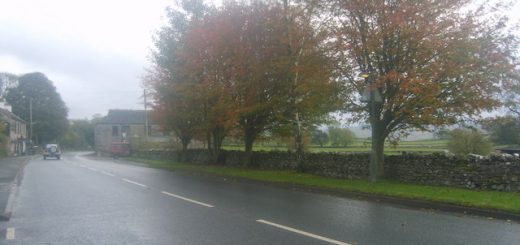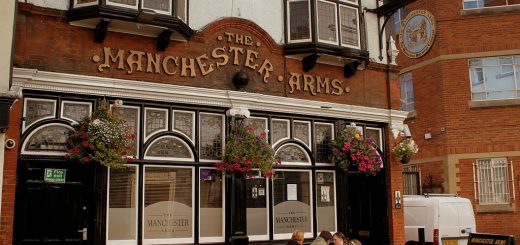Green Park
Green Park is a Royal park near Buckingham Palace that covers about forty seven acres. Originally the park was an area of swampy land used as a burial ground for the nearby leper hospital of St James. This hospital was closed during the Dissolution of the Monasteries and the land was enclosed by King Henry VIII and then became part of the estate of the Poulteney family. It was King Charles II (born 29 May 1630 – died 6 February 1685) who acquired the land from the Poulteney’s in 1668 and created Green Park.
It became notorious as a haunt for thieves and highwaymen and also as a venue for duels. One of Green Park’s famous duels was between John Hervey, 2nd Baron Hervey (born 13 October 1696 – died 5 August 1743) and William Pulteney, 1st Earl of Bath (born 22 March 1684 – died 7 July 1764) around 1730, however it is the events of a much earlier duel that reputedly haunt the Park on its anniversary.
The duel in question took place on the evening of Saturday, 11 January 1696 between Sir Henry Dutton Colt (died 25 April 1731) and the rakish womaniser Robert (Beau) Fielding (born circa1650 – died 12 May 1712). Sir Henry Dutton Colt, was a Member of Parliament and Adjutant to Prince Rupert of the Rhine. He was the 1st Baronet Colt after the Colt Baronetcy of St James’s-in-the-Fields was created for him on 2 March 1694. His opponent Robert Fielding was a notorious figure in 17th Century London known for duelling, gambling and bedding mistresses. He had been a member of King Charles II’s court and then supported the catholic King James II (born 14 October 1633 – died 16 September 1701) when he came to the throne, serving as a Member of Parliament and commanding a regiment. Following the Glorious Revolution of 1688 he joined King James II in excile in France though in 1696 he returned to England and was arrested as a Jacobite but was pardoned in 1697. It was during this time after having returned to London that he challenged Sir Henry Colt to the duel. According to Edward Walford’s Old and New London (Volume 4) (1878) ‘The spot chosen for this little passage of arms was at the back of Cleveland Court (which is now the site of Bridgewater House, Little St. James’s Street). This place was chosen, it is said, because the “Beau,” like the knights of old, wished to fight under the beautiful eyes of his mistress and future wife, the notorious (Barbara Palmer, 1st) Duchess of Cleveland (who later moved to Walpole House in 1700). It was stated at the time that Fielding, whose courage was none of the brightest, ran Sir Henry through the body before he had time to draw his sword; but the baronet disarmed him, notwithstanding this wound, and so the fight ended.’
The sounds of heavy breathing and fighting are said to have been heard on the anniversary of the fight.
Tree of Death
In Green Park there is also said to be a tree that has been used that has been the site of many suicide hangings. This ‘Tree of Death’ is said to have a disturbing atmosphere that repel animals such as dogs and birds. An apparition of a tall shadow like figure is associated with the tree and the a noise like a chuckle.
]





Re: Green Park
London’s Parks are a delight- whenever I come to London the attractions are parks and theatres. I never get enough of both of them.
Re: Green Park
According to ‘Chambers Guide To London The Secret City’ the Dead Mans Tree is found almost in front of Park Lane Hotel, 10 yeards west of the junction between two footpaths. The apparition of a tall bearded man in frock coat would be seen beside the tree before vanishing. Thought to be a man who shot himself here in 1820 after his wife and children were killed in a fire.